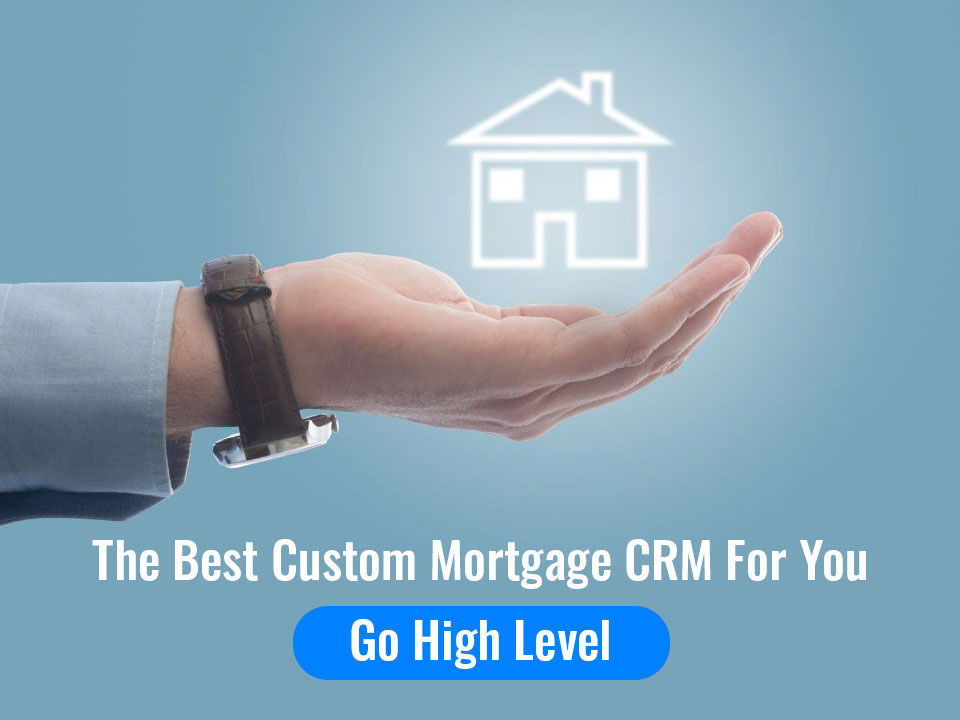Tagged: Best Mortgage CRM
-
How to Build a Functional MORTGAGE CRM
Posted by Gustan Cho on January 24, 2024 at 9:42 amLike to share an informative article about building the best mortgage CRM to share with our viewers
https://goldliontech.com/the-best-custom-mortgage-crm-for-you-go-high-level/#
goldliontech.com
The Best Custom Mortgage CRM For You: Go High Level
We are a Results Based Growth Marketing Company. We focus on being a great partner for businesses and organizations. Let's Work!
Russell replied 1 year, 1 month ago 2 Members · 1 Reply -
1 Reply
-
Building a functional CRM (Customer Relationship Management) system for your business involves several key steps. Here’s a general guide to help you get started:
-
Define Your Objectives: Determine what you want to achieve with your CRM system. Are you looking to streamline sales processes, improve customer service, or enhance marketing efforts? Understanding your goals will shape the features and functionalities you’ll need.
-
Identify Your Customer Data Needs: Determine what information you need to collect and manage about your customers. This could include contact information, purchase history, interactions, preferences, etc.
-
Choose a CRM Platform: There are many CRM platforms available, ranging from simple and cost-effective solutions to more complex and customizable ones. Some popular options include Salesforce, HubSpot, Zoho CRM, and Microsoft Dynamics. Choose a platform that aligns with your budget, scalability needs, and required features.
-
Customization and Configuration: Once you’ve selected a CRM platform, customize it to fit your business needs. This may involve configuring fields, creating custom objects, defining workflows, and setting up automation rules. Tailor the CRM to match your specific processes and terminology.
-
Data Migration: If you’re transitioning from another system or managing customer data in spreadsheets, you’ll need to migrate this data into your new CRM. Ensure that data is cleaned and formatted correctly before importing it to maintain accuracy.
-
Integrate with Existing Systems: Your CRM should seamlessly integrate with other tools and systems used within your business, such as email marketing platforms, accounting software, or e-commerce platforms. Integration ensures smooth data flow and eliminates manual data entry.
-
User Training and Adoption: Provide comprehensive training to your team on how to use the CRM effectively. Encourage adoption by highlighting the benefits and showing how it can streamline their workflows and improve productivity.
-
Continuous Improvement: A CRM system is not a one-time setup; it requires ongoing maintenance and optimization. Regularly review your processes and data quality, and make adjustments as needed to ensure that your CRM continues to meet your business objectives.
-
Customer Feedback and Iteration: Gather feedback from users and customers about their experience with the CRM system. Use this feedback to identify areas for improvement and iterate on the system to better serve your needs.
-
Security and Compliance: Ensure that your CRM system adheres to security best practices and complies with relevant data protection regulations, such as GDPR or CCPA. Implement access controls, encryption, and regular security audits to protect customer data.
By following these steps, you can build a functional CRM system that helps you better understand and manage your customer relationships, ultimately driving business growth and success.
-

